Aspendos, near Antalya, is famed for its well-preserved 2nd-century Roman theater, with seating for 20,000 and exceptional acoustics, alongside advanced engineering feats like its aqueducts and blended Greek-Roman design.
Table of Contents
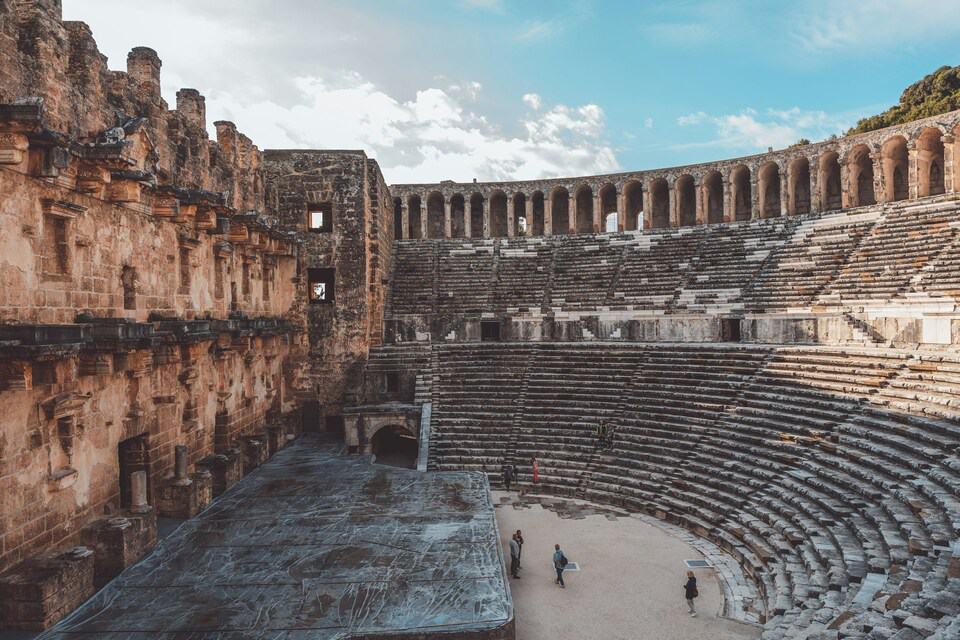
Introduction
Aspendos is one of Turkey’s most iconic archaeological sites, renowned for its spectacular Roman theater, aqueducts, and rich history that spans multiple civilizations. Situated near the Köprüçay River, it played a vital role as a cultural, economic, and political center in ancient Pamphylia. This blog takes you on a journey through Aspendos’ fascinating past, its architectural wonders, and tips for visiting this historic treasure.
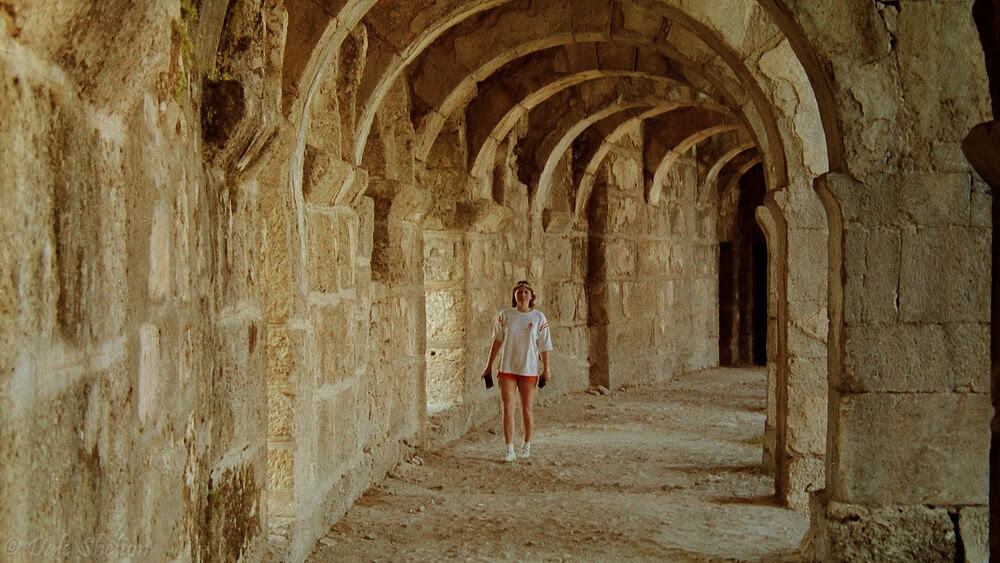
History
Aspendos was founded by the Ancient Greeks, possibly under the leadership of Mopsus and Calchas, legendary figures also associated with other Pamphylian cities like Perge and Side. Historical accounts and inscriptions suggest that Aspendos flourished during the Hellenistic period, becoming a prominent city in trade and commerce due to its strategic location along the Köprüçay River, which connected it to the Mediterranean.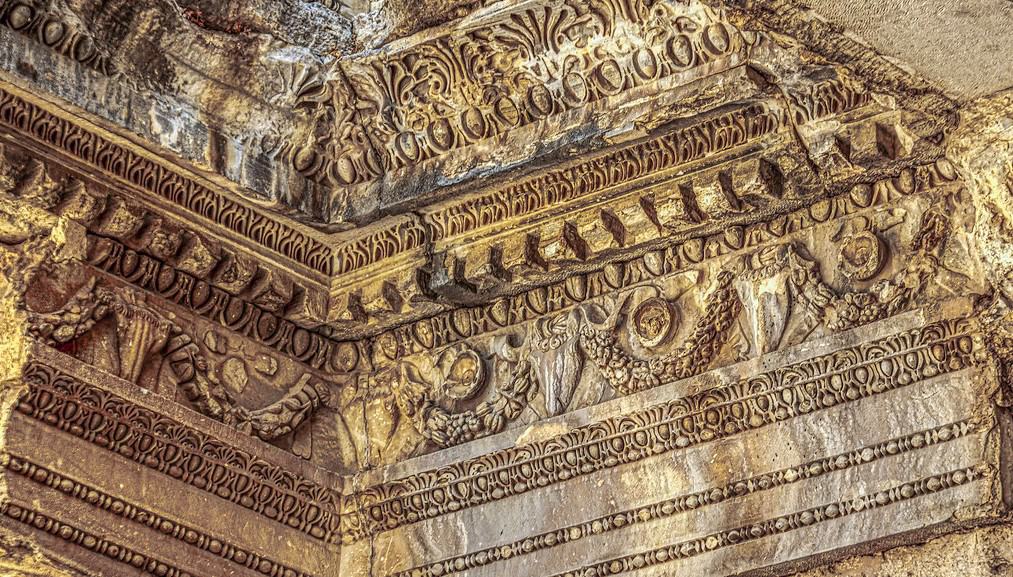 By 333 BCE, Aspendos peacefully surrendered to Alexander the Great during his campaign through Anatolia. The city later prospered under Roman rule, reaching its zenith during the 2nd and 3rd centuries CE, when its iconic theater and aqueduct system were constructed. During the Byzantine era, Aspendos retained some of its importance but gradually declined due to shifts in trade routes and the rise of other cities.
By 333 BCE, Aspendos peacefully surrendered to Alexander the Great during his campaign through Anatolia. The city later prospered under Roman rule, reaching its zenith during the 2nd and 3rd centuries CE, when its iconic theater and aqueduct system were constructed. During the Byzantine era, Aspendos retained some of its importance but gradually declined due to shifts in trade routes and the rise of other cities.

The Seljuks Empire
Aspendos, known for its remarkably well-preserved Roman theater, is primarily associated with the Roman era. However, the Seljuks did play a part in its history. During the Seljuk period in the 13th century, Aspendos came under Seljuk control. The Seljuks appreciated the existing structures, especially the theater, and made modifications to suit their needs.
One notable adaptation was the use of the Aspendos Theater as a caravanserai, a resting place for travelers and traders along their routes. The Seljuks also added certain architectural elements, including a small palace or pavilion near the top of the theater, showcasing their distinctive architectural style.
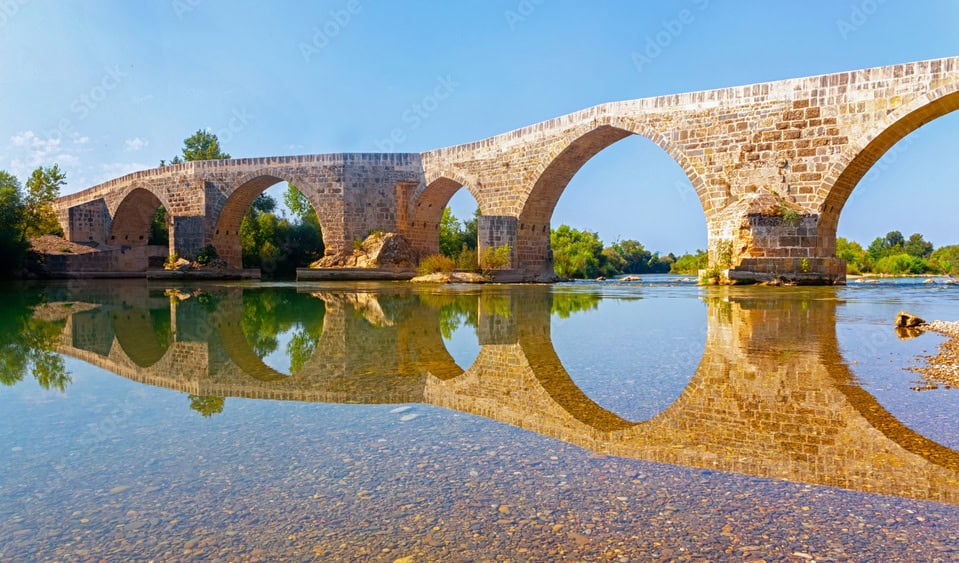
In addition to their modifications to the theater, the Seljuks also contributed to Aspendos’ infrastructure by restoring and reinforcing the Eurymedon (Köprüpazar) Bridge over the Eurymedon River. Originally built by the Romans, this bridge was crucial for trade and transportation in the region. The Seljuks repaired and strengthened the structure, ensuring its continued use as part of their broader network of roads and bridges facilitating commerce and military movements across Anatolia.
Best of Turkey
This 10-day journey unites Turkey’s defining landscapes—historic battlefields, ancient cities, coastal havens, and Cappadocia’s otherworldly valleys—into one seamless and beautifully paced route.
The Theater: A Roman Marvel
Aspendos’ Roman theater is undoubtedly the crown jewel of the city. Built during the reign of Emperor Marcus Aurelius (161–180 CE) by the architect Zeno, the theater could accommodate 15,000–20,000 spectators. Its extraordinary acoustics and structural integrity make it one of the best-preserved theaters from antiquity.
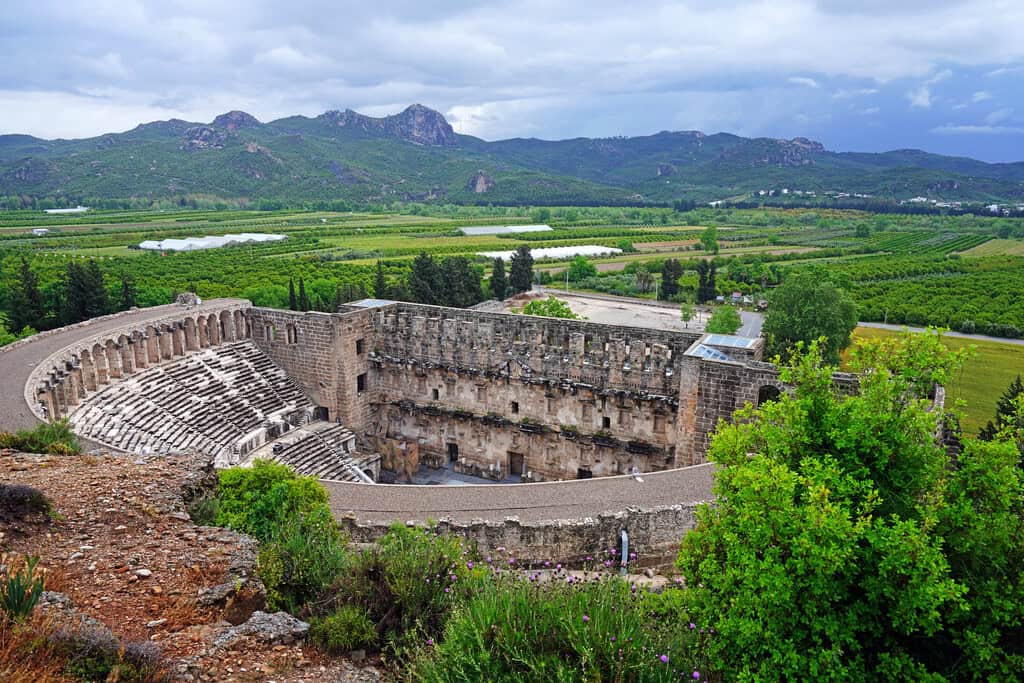
Designed for performances, civic events, and gladiatorial games, the theater features a semi-circular cavea (seating area) and a two-story stage building adorned with elaborate carvings. The architectural mastery of the theater lies not only in its grandeur but also in its functional design, as it still hosts performances today.
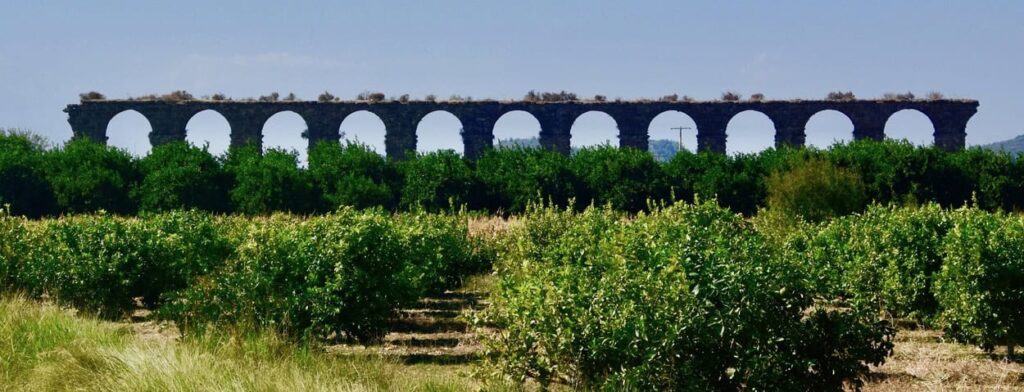
The Aqueducts: Engineering Excellence
The aqueduct system of Aspendos is another testament to Roman ingenuity. This massive structure, designed to bring fresh water to the city from nearby mountains, features advanced siphoning techniques and towering arches. It is considered one of the most complex and well-preserved examples of Roman hydraulic engineering in Asia Minor.
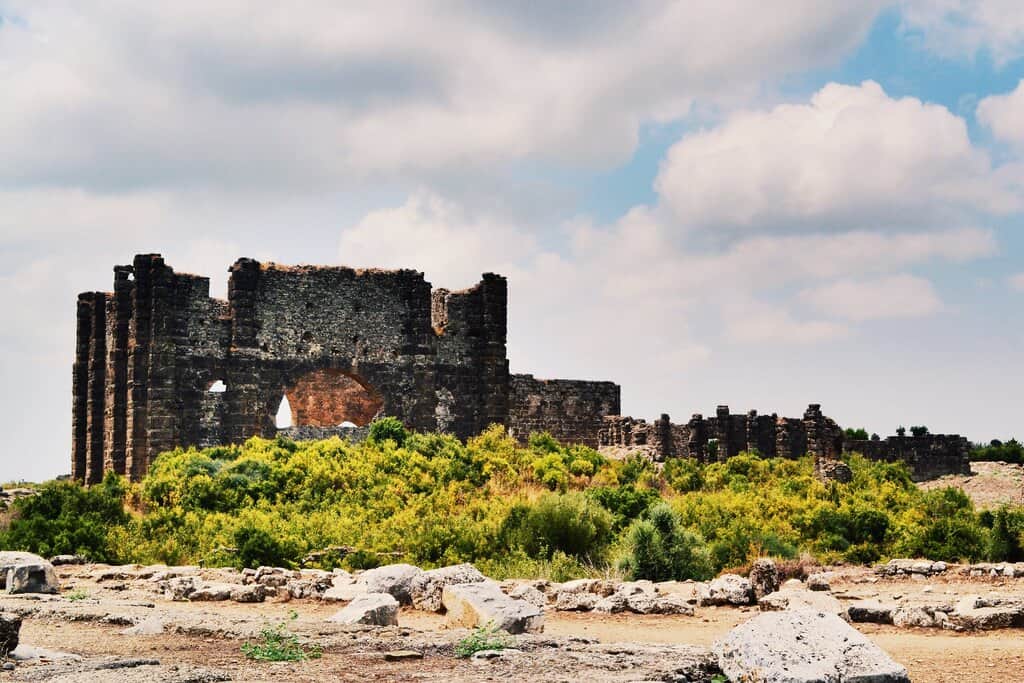
The Basilica and Other Ruins
Aspendos also features the remnants of a basilica, agora, nymphaeum, and other public buildings that hint at its vibrant urban life. The basilica, once a center of civic and legal activities, showcases the city’s role as an administrative hub. The agora, a bustling marketplace surrounded by colonnades, reflects the city’s economic vitality during its peak.
While many structures have succumbed to time, the ruins scattered across the site provide a rich mosaic of Aspendos’ history and cultural significance.
Private Kekova Boat Tour
From the ancient harbor of Demre to the crystal waters of Kekova, this private boat tour reveals the legendary Sunken City, hidden bays, and the charming village of Simena (Kaleköy). On board Ayla Boat, you and your loved ones enjoy a tailor-made day of history, swimming, and Mediterranean beauty.
Religious and Cultural Significance
During the Byzantine period, Aspendos gained some religious prominence, with early Christian communities leaving their mark through inscriptions and modest church structures. The blend of pagan and Christian elements within the ruins offers insights into the city’s transition through different cultural and religious epochs.
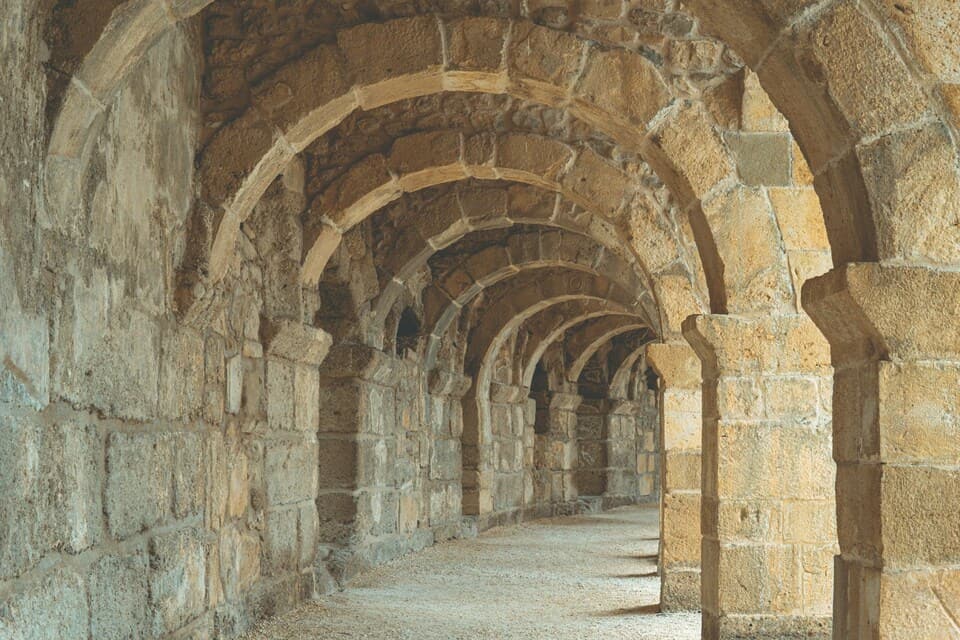
Decline and Legacy
Aspendos began to lose its prominence after the Byzantine era due to shifting trade routes and political instability. By the Seljuk period, the site was largely abandoned, though the theater was repurposed as a caravanserai, preserving it for centuries. Today, Aspendos stands as a monument to ancient ingenuity and artistic achievement, drawing visitors from around the world.
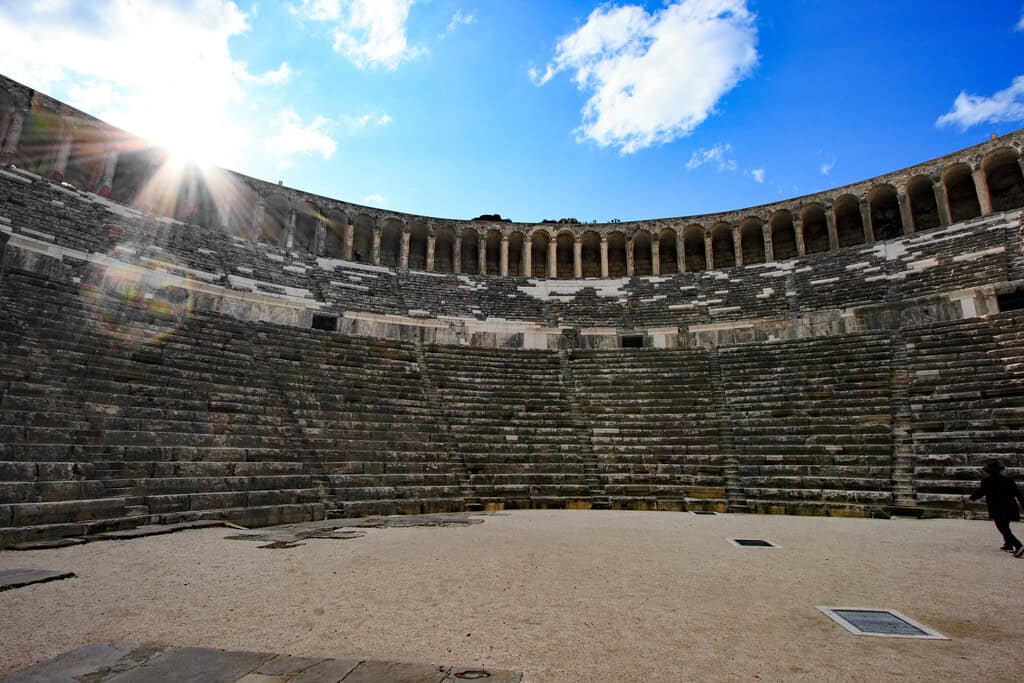
Tips for Visiting Today
- Best Time to Visit: Early morning or late afternoon to avoid the crowds and the heat, especially during the summer months.
- What to Bring: Comfortable walking shoes, a hat, sunscreen, and plenty of water. The site has uneven terrain and limited shade.
- Guided Tours: Hiring a knowledgeable guide can enrich your visit with fascinating details about the theater’s construction and the history of Aspendos. Please contact us to hire a local guide.
- Photography Tips: The theater’s scale is best captured from its upper levels, while the aqueducts are ideal for wide-angle shots during golden hour.
- Entrance Fee: The entrance fee for Aspendos Ancient City is approximately €12 for international visitors, while Turkish Museum Pass holders can enter for free.
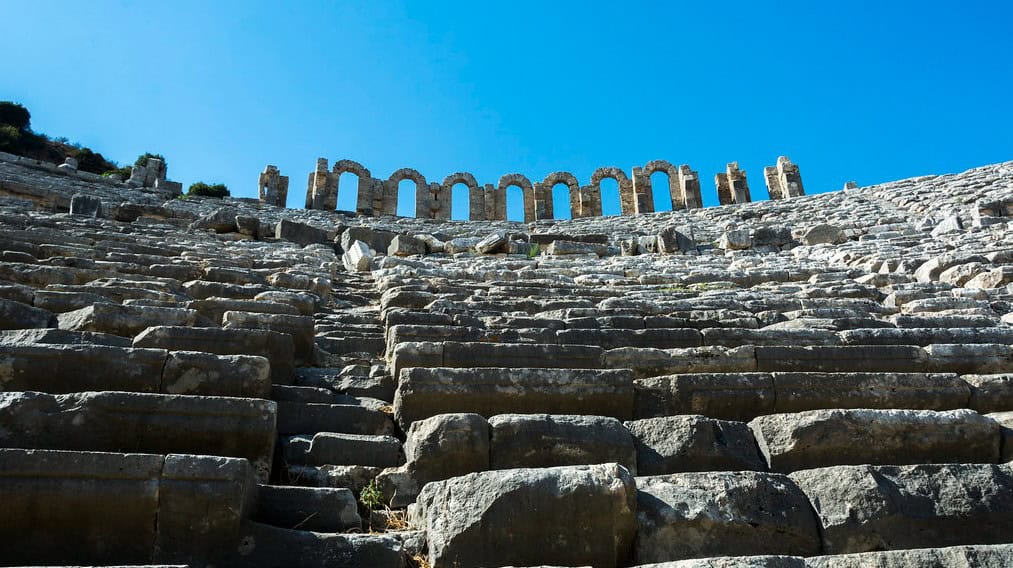
Nearby Attractions
While in the area, don’t miss these nearby destinations:
- Perge Ancient City: Known for its well-preserved streets, agora, and Roman baths, Perge complements a visit to Aspendos with its rich historical context.
- Side Ancient City: A beautiful seaside town with Greco-Roman ruins, including a theater and temples dedicated to Athena and Apollo.
- Antalya: A modern city offering museums, beaches, and vibrant local markets to round out your cultural journey.
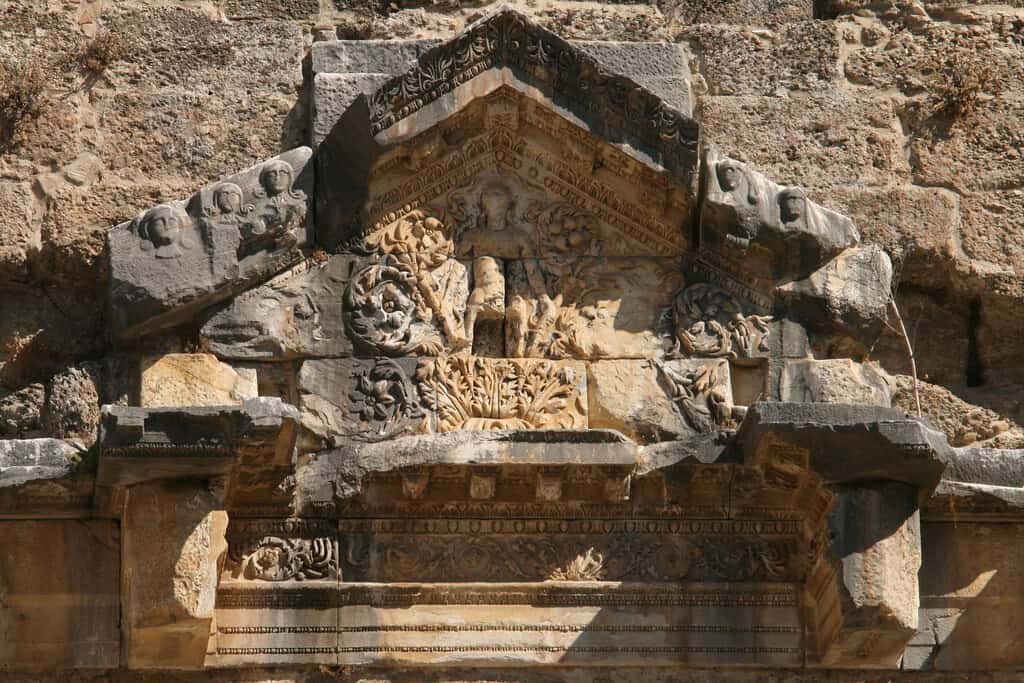
Discover with Us
At The Other Tour, we aim to bring Aspendos’ timeless history to life. Join one of our expertly guided tours to delve deeper into the stories behind the Roman theater, aqueducts, and more. Whether you’re a history buff or a curious traveler, visiting Aspendos with us ensures an unforgettable experience that combines ancient wonders with insightful storytelling.
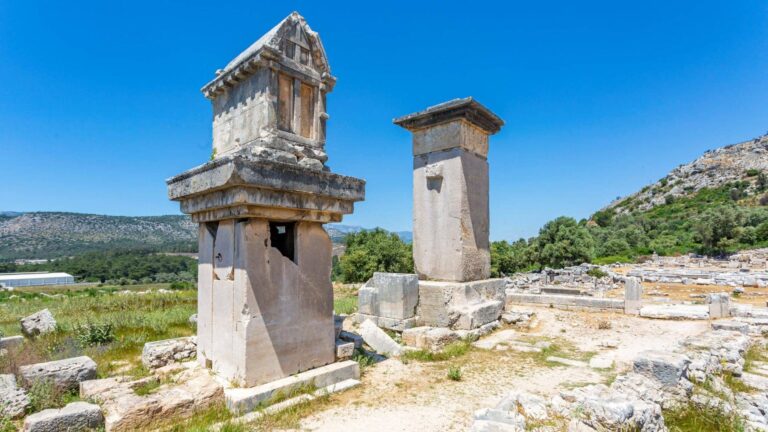
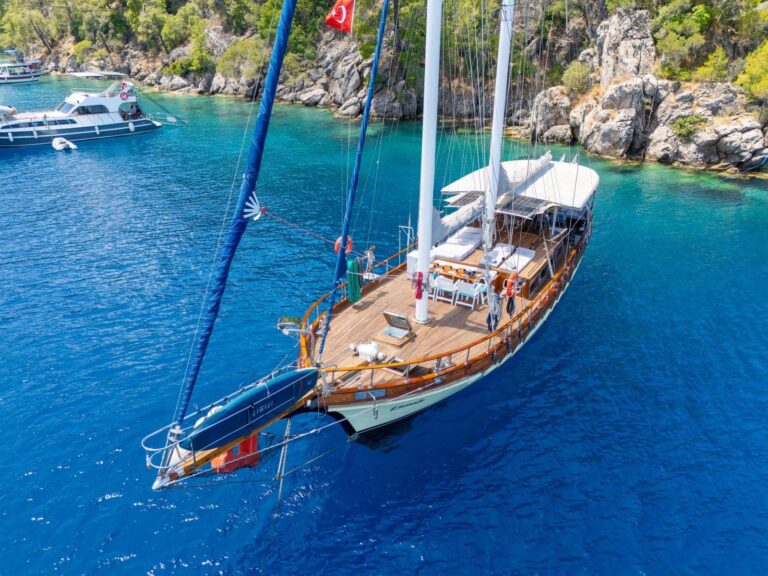

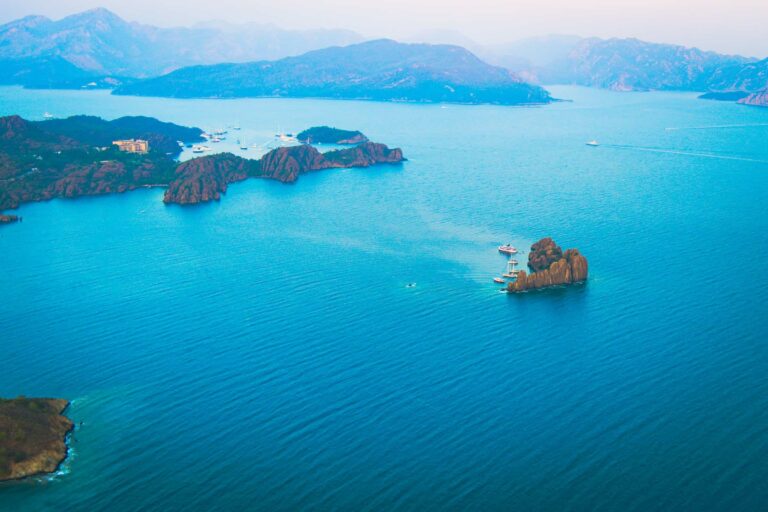
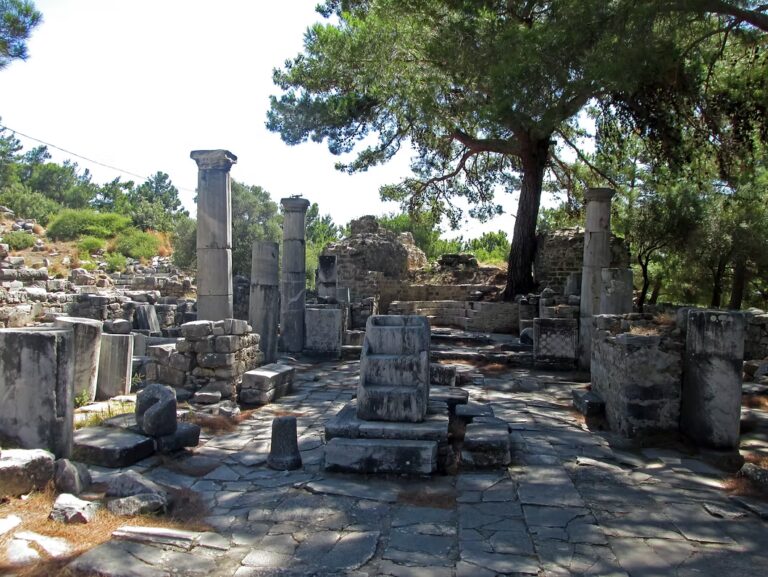

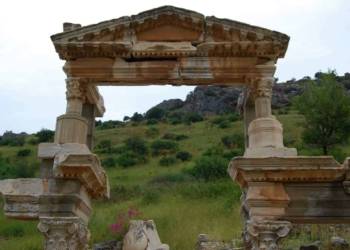

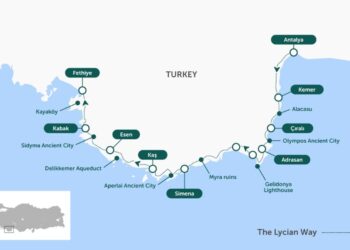
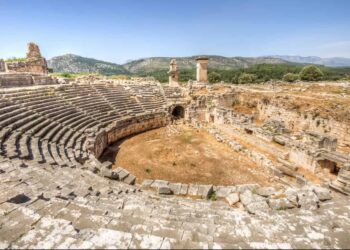
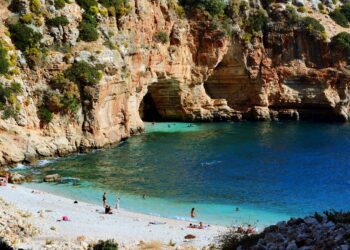


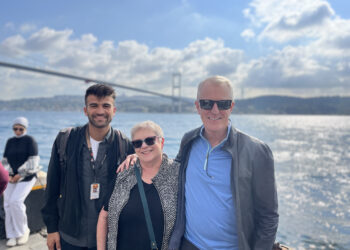
The theatre is insane! Can’t believe something this old is still standing -and apparently still in use? Wild!